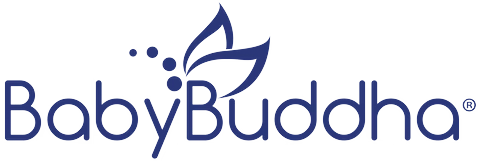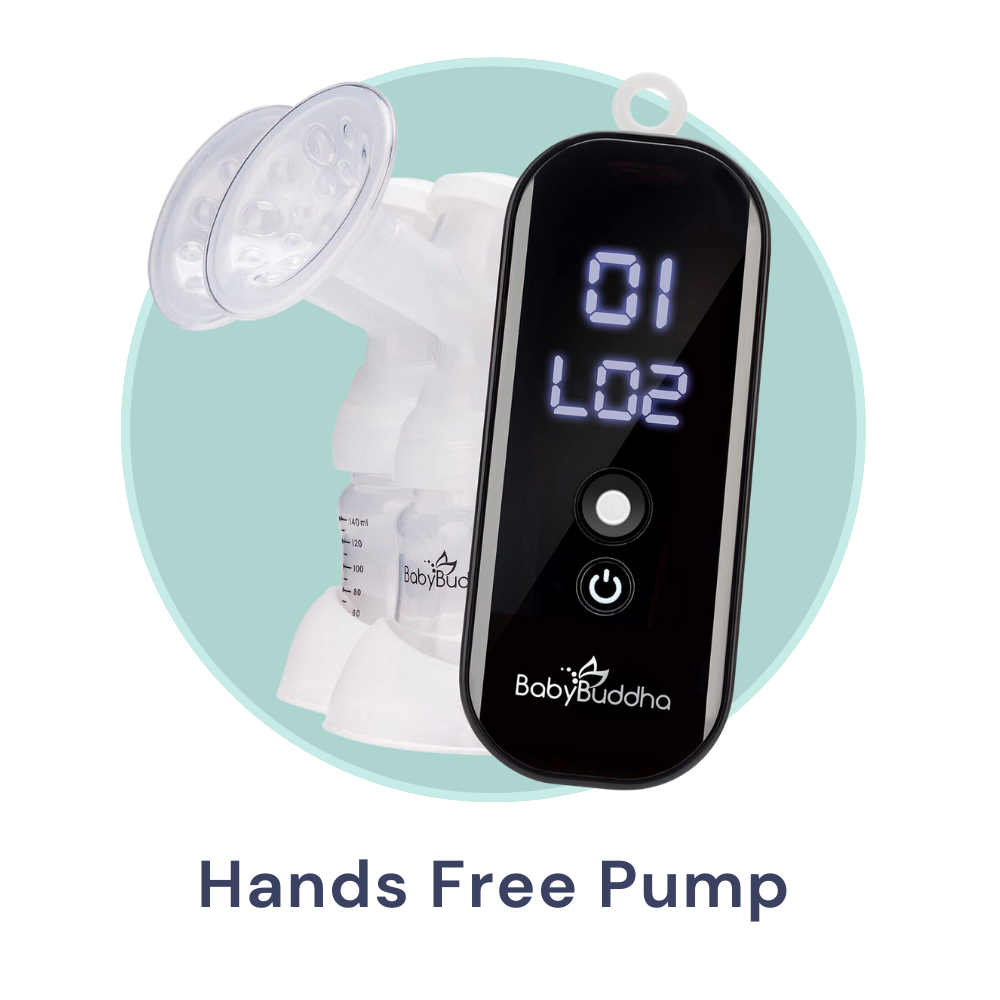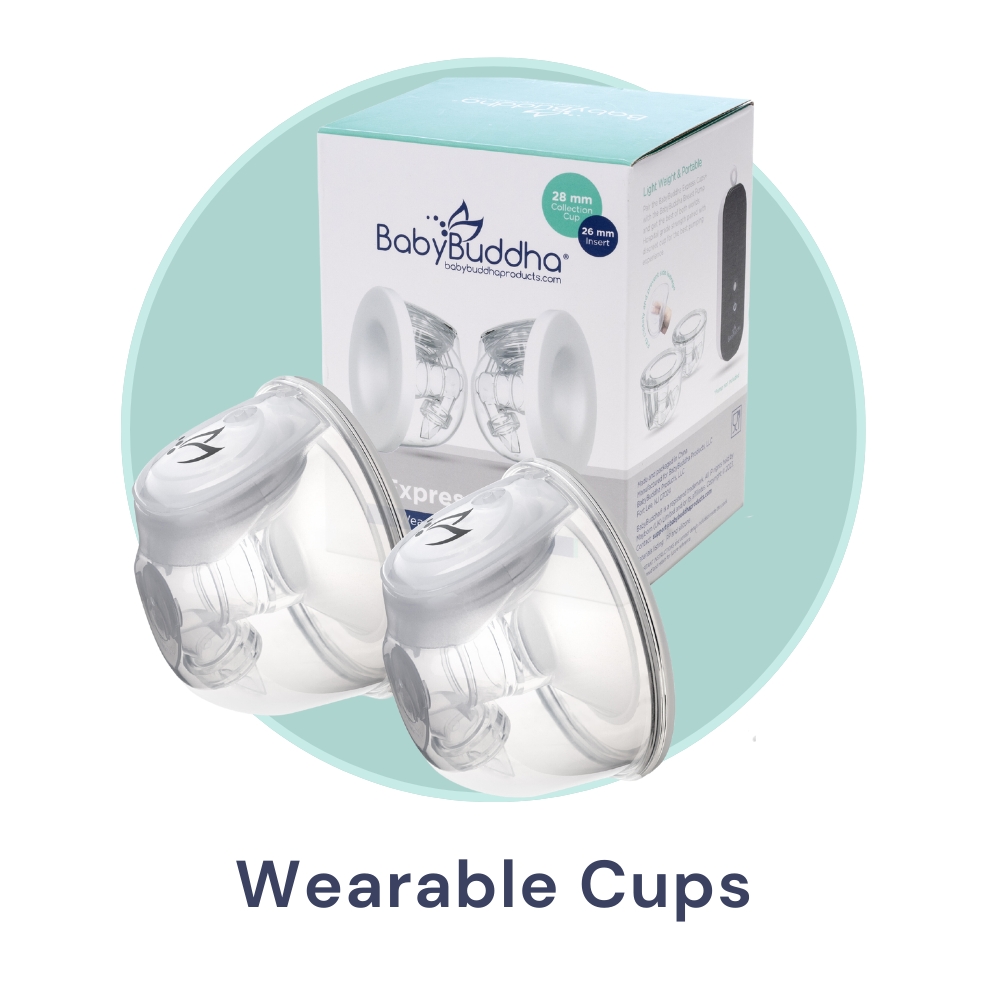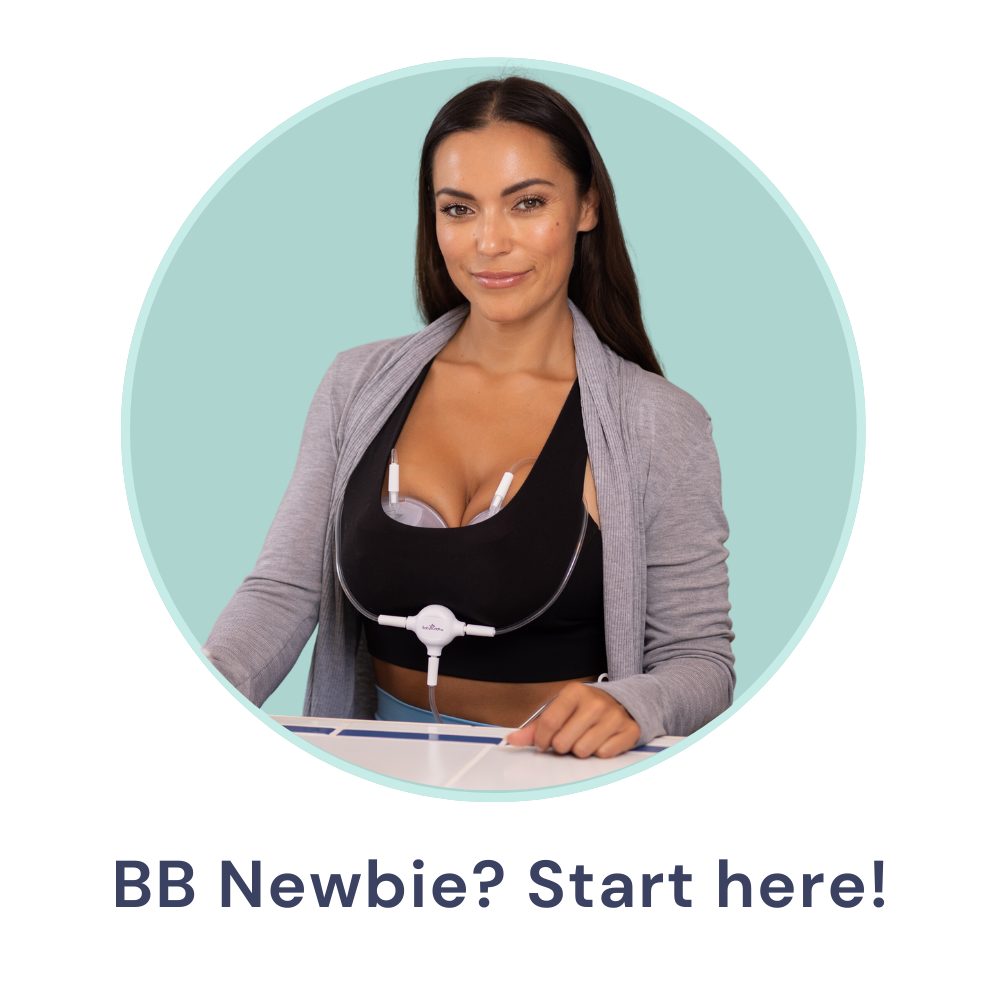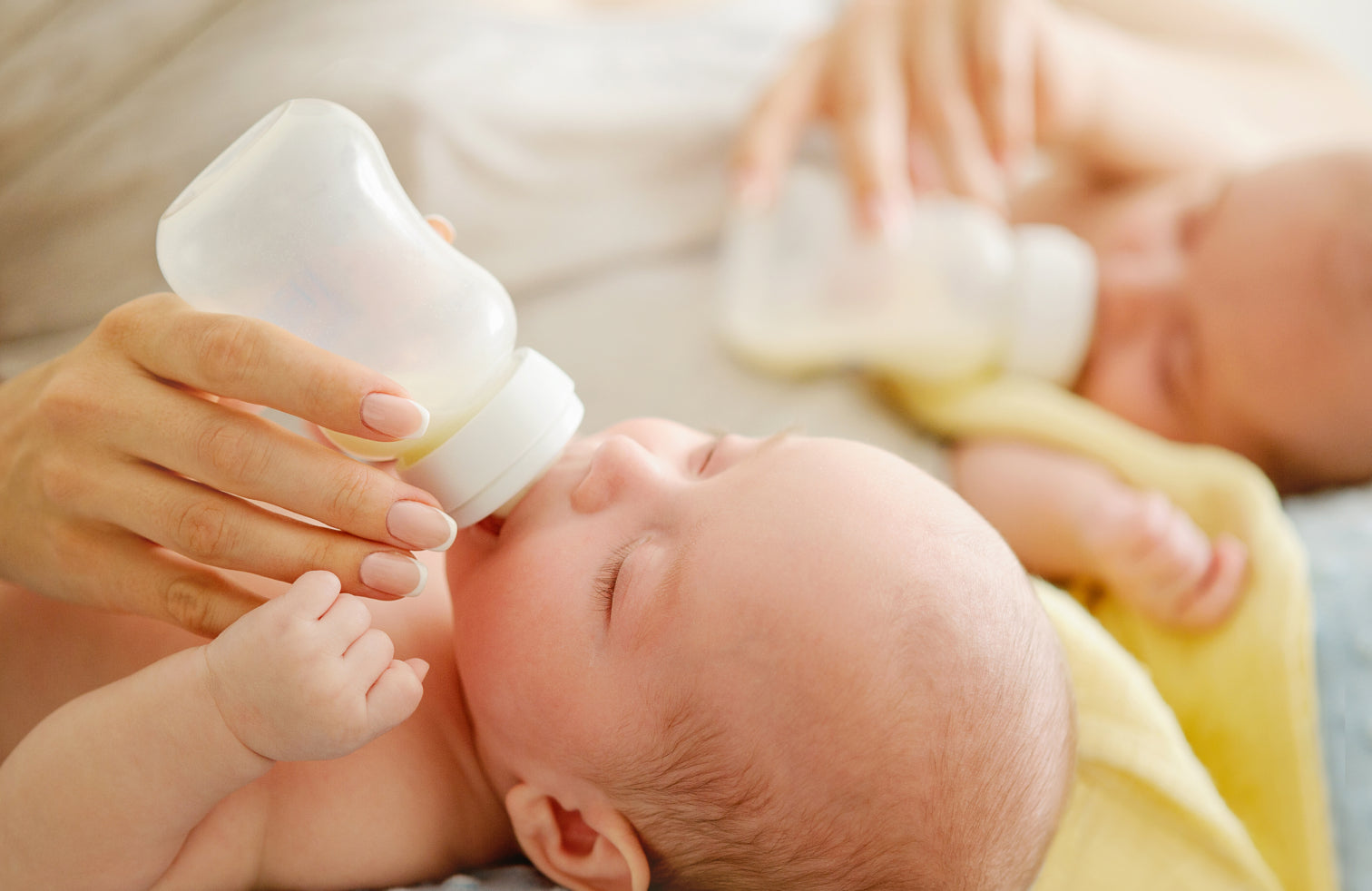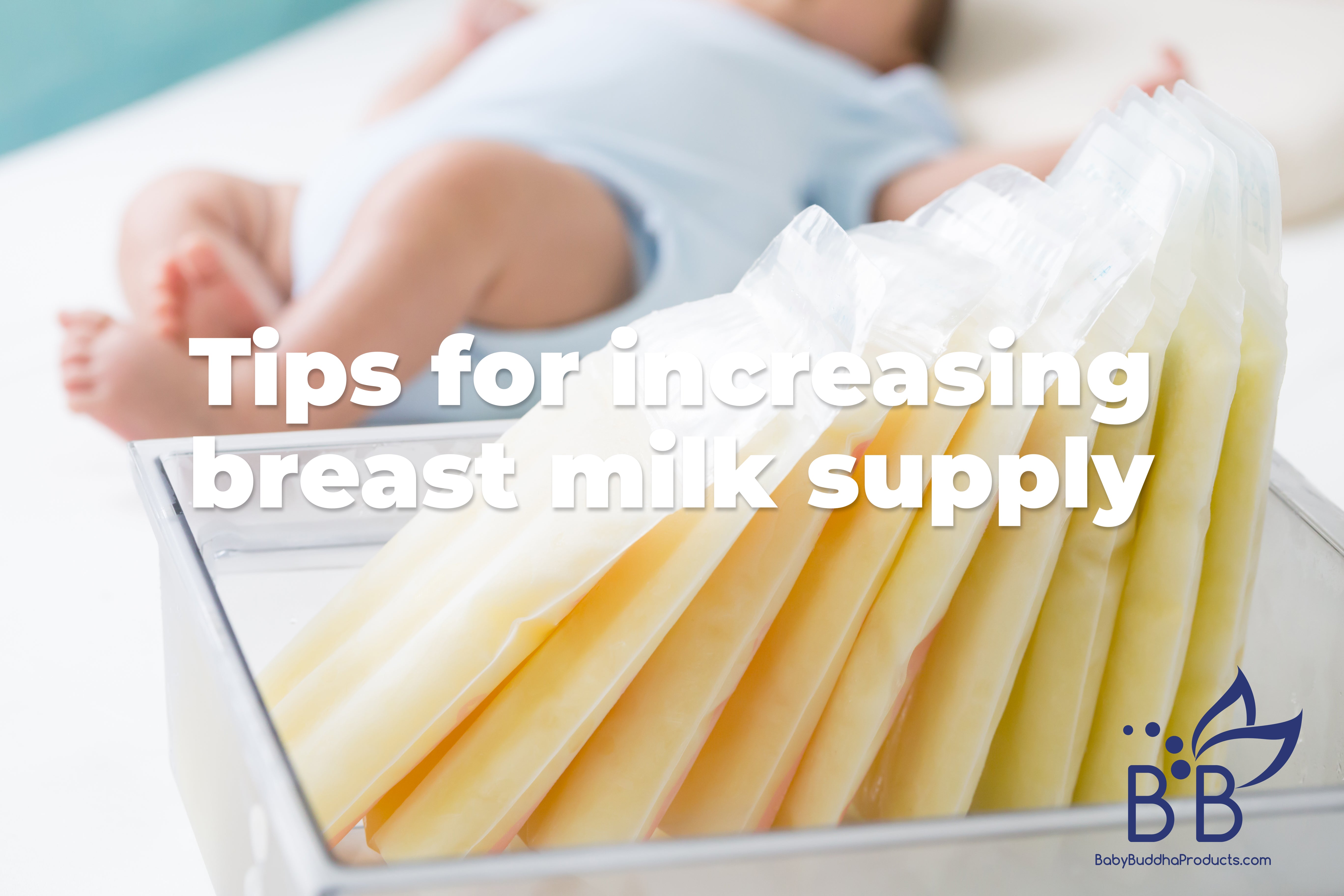Medically Reviewed By | Dr. Hope Lima, PhD, RDN, LRD, IBCLC
A new mom has so many things to think about in their breastfeeding or pumping journey. Oftentimes, this includes milk supply, times for breastfeeding, power pumping, and more. It can feel super overwhelming to have so many things to keep track of in these early days, and that is totally normal. We’re here to help simplify things when you are feeling frustrated and exhausted.
Learning how to properly clean and sterilize your breast pump parts can feel like a tall order at first, but don’t fear, mama! Once you get the hang of it and do it a few times, you’ll be a master at keeping your breast pump kit clean!
Keep reading for our easy, step-by-step guide on cleaning, sanitizing, and drying each of your different pump parts and accessories.
How Often Should I Clean My Breast Pump Parts?

It is best practice to clean your breast pump parts after every pumping session. We know this sounds like a hassle, and yes, sometimes it can feel like one. But you can use these times of cleaning your pump parts to do things such as catch up on a favorite TV show or podcast to make it fun!
This is also a great place to enlist the help of your partner or family members and friends who want to take something off your plate. It can feel like a lot to take care of this after spending time pumping, and it’s alright to ask for support, especially if you’re feeling physically or mentally drained. You have to take care of yourself too!
If you cannot clean your pump parts immediately after use, it’s okay to fill a clean basin with warm soapy water and soak them until you can wash them. Try to get them washed as soon as you can, though, because the longer they sit, the more chances for bacteria to grow.
Just a reminder, it’s best not to let them stay on the counter without rinsing or placing them in a basin, as this gives the breast milk a chance to stick to the parts.
If it helps, prep the clean basin and warm soapy water before you start pumping so that it’s ready for you to submerge the pump parts in when you’re done.
How To Clean Breast Pump Parts
Now, let’s chat about how to clean breast pump parts! Remember that the first step before cleaning your pump is always to wash your hands thoroughly.
It’s also helpful to prep a clean area on your counter to place your parts to dry. Set out a few clean paper towels or a clean drying rack and have them ready for your freshly cleaned pump parts.
Another tip: Purchase soap that is specifically created to wash baby bottles and feeding items. These types of soap help to properly break down breast milk so that there is no residue or smell left behind, and you know that your pump parts and baby bottles are being properly cleaned.
How To Clean Breast Pump Flanges
- Rinse the flanges thoroughly under warm running water.
- Using a bottle brush and dish soap, move the brush through all parts of the flange. This includes the shield section, which sits directly on your breast, the connectors to the bottles, and the tunnel in between.
- If you can’t get the bottle brush into the tunnel between the shield and screw-top connectors, look for a brush that has a nipple brush with it. This nipple brush will be smaller and able to reach the smaller sections of your flanges.
- Place the flange under warm running water again and rinse well, ensuring no soap residue is left behind.
- Place the flanges breast shield side down on your clean paper towel to air dry. Placing them in this position will ensure that any remaining water trickles down through the funnel shape of the shield rather than getting trapped in the flange and creating more moisture.
How To Clean Breast Pump Bottles

We’re making progress! Here are best practices for how to care for and clean breast pump bottles:
- After you have removed any pumped milk from the bottle, rinse the bottle thoroughly with warm water.
- Using a bottle brush and soap, thoroughly scrub the inside of the bottle. An effective method is to swirl the bottle brush all around the sides and curves of the bottle. Be sure to get the top of the bottle as well. You can use a nipple-cleaning attachment if you can’t reach this area with your bottle brush.
- Take your bottle brush and clean the outside of the top of the bottle where it screws into the breast pump flanges. This is a common area for milk buildup and bacteria growth.
- Rinse the bottle well with warm water and place it on a paper towel or drying rack with the bottleneck side down.
- After most of the water has made its way down the insides of the bottle, flip the bottle upright to allow airflow and fully dry without trapping moisture.
How To Clean Breast Pump Tubing
Note that with most breast pumps, the tubing does not come in contact with breast milk, thanks to backflow protectors. This means that breast pump tubing usually does not need to be cleaned.
However, if your tubing has come in contact with breast milk or another substance or looks dirty and needs to be cleaned, follow the instructions below to do so. In the meantime, it’s okay to wipe down the outside of the tubing with a wet paper towel or disinfectant wipe.
How To Clean Tubing (if Necessary):
- Detach the tubes from both your flange and the pump electrical unit.
- Use warm running water to rinse the outside and inside of the tubing.
- Fill a clean wash basin with warm water and breast milk-specific soap.
- Completely submerge and soak your tubing in the basin for about five minutes.
- After five minutes, remove your tubing from the basin and rinse under warm running water for two minutes. This will help to ensure any and all soap residue is removed before drying.
- Once you have rinsed the tubing, hang it somewhere to air dry. Hanging the tubes allows for any remaining water to drip out from the tubing. Ideally, it would hang overnight to dry. Alternatively, if you need the tubing quicker, you can flush rubbing alcohol through the tubing and allow it to evaporate before using it.
- Once your tubing is thoroughly air-dried, reattach it to the pump motor and run your pump with only the tubing attached for about five minutes to allow air to move through the tubing and dry up any moisture that may still be in the tubes.
- After this, you are ready to reattach it to your flanges and resume using your pump as normal. Note that any moisture that gets into the pump will ruin it — a double-check is in order.
How To Clean Miscellaneous Breast Pump Parts
Your breast pump will usually come with other miscellaneous pump equipment, such as duckbill valves and backflow protectors. Here is how to best clean these items:
- Soak these small parts in a clean basin or clean bowl of warm soapy water for about three to five minutes to ensure that any breast milk residue has been removed.
- After three to five minutes, use a nipple cleaning attachment from your bottle brush or small bristle brush to clean the insides of these small parts. Be gentle: These pieces are often usually made of silicone and can be pierced or torn with too much force.
- Once you have used a small brush to clean these items, place them on a clean paper towel to air dry.
“Pro Tip: the duckbill valves can lose their shape after frequent washing, if you are having trouble with your pump suction, this part may need to be replaced,” notes Lactation Expert Dr. Hope Lima, PhD, RD, IBCLC.
How To Clean a Breast Pump Unit
Never submerge your electrical pump unit in water. This will cause irreversible damage to your pump. Instead, after each use, wipe down your pump unit, the roller ball selector, and the power button that you touch gently with a disinfecting wipe and then wipe it with a dry paper towel. This will keep your pump unit free of germs and dirt/oil buildup in between pumping sessions.
How Often Should I Sterilize the Breast Pump Parts?
For extra protection against germs and bacteria, the CDC recommends sanitizing breast pump parts at least once a day if your baby was born prematurely, is sick, has a weakened immune system, or is under two months old.
If your baby is more than two months old and is generally healthy, you should only need to sanitize every few days as long as all breast pump parts are thoroughly washed after each use.
Before beginning any of these processes, wash your hands and check that all of your pump parts have also been washed thoroughly and no remaining breast milk residue is left behind.
While a natural inclination is to toss everything in the dishwasher and turn it on the hot water setting, followed by a heated drying cycle or a sanitization setting, these extra sterilization methods are usually not necessary. Even more importantly, many breast pumps and parts are not dishwasher-safe. Double-check the manufacturer’s specifications before trying to wash anything in the dishwasher.
Sterilizing Your Breast Pump Parts
Flash Boiling Method
The BabyBuddha Manual Pump can be flash boiled:
- Fill a large pot with water and bring it to a boil.
- Place breast pump parts (excluding tubing) into this pot.
- Boil for 60 to 90 seconds — any longer, and you might need a new breast pump.
- Carefully remove from boiling water with clean tongs.
- Place on a towel or paper towel to air dry fully.
- Place all pump parts in a countertop sterilizer using high-temperature steam to sterilize the pump parts or baby bottles in it.
- You can also purchase a microwave steam plastic bag that you can place your pump parts into to steam sterilize them in the microwave.
- If your machine does not have a dry setting or you are using a microwave steam bag, be sure to remove the parts and place them on a clean towel or paper towel to air dry.
- You should only use this method if no other method listed above is available.
- In a clean wash basin, combine one gallon of warm water with two teaspoons of bleach and swirl around to evenly distribute the bleach.
- Completely submerge all pump parts (excluding tubing) into the solution. Be sure that all parts are completely covered.
- Soak in solution for about two minutes.
- Remove with clean tongs and place on a towel or paper towel to air dry. Do not rinse. According to the CDC, any remaining bleach will break down as it dries and won’t harm your precious baby.
Another tip: Don’t forget to sterilize and replace any washing tools, such as a bottle brush. Bottle brushes should be sterilized weekly and replaced every one to two months. Be sure not to use any bottle brushes that have foam, as these harbor bacteria.
How To Clean a Manual Breast Pump
Cleaning and sterilizing a manual breast pump is similar to the process you would use for an electric breast pump. Again, be sure to properly wash your hands before starting this process.
Cleaning a Manual Breast Pump
- Take the pump apart and remove any pumped milk.
- Rinse all parts with warm running water.
- Using a bottle brush, thoroughly clean each part of the manual breast pump.
- After cleaning each part, rinse them with warm running water.
- Place the parts on a clean paper towel and allow them to air dry.
Sterilizing a Manual Breast Pump
- Check your manufacturer’s instructions on whether or not your manual breast pump is dishwasher safe. If it is, this is a sufficient form of sterilization, providing you’re running hot water and setting the machine on the heated dry or sanitizing cycle.
- Otherwise, you can use all of the same methods (flash boil, steam, or bleach) that you can use for sterilizing your powered breast pump.
You Can Do This!
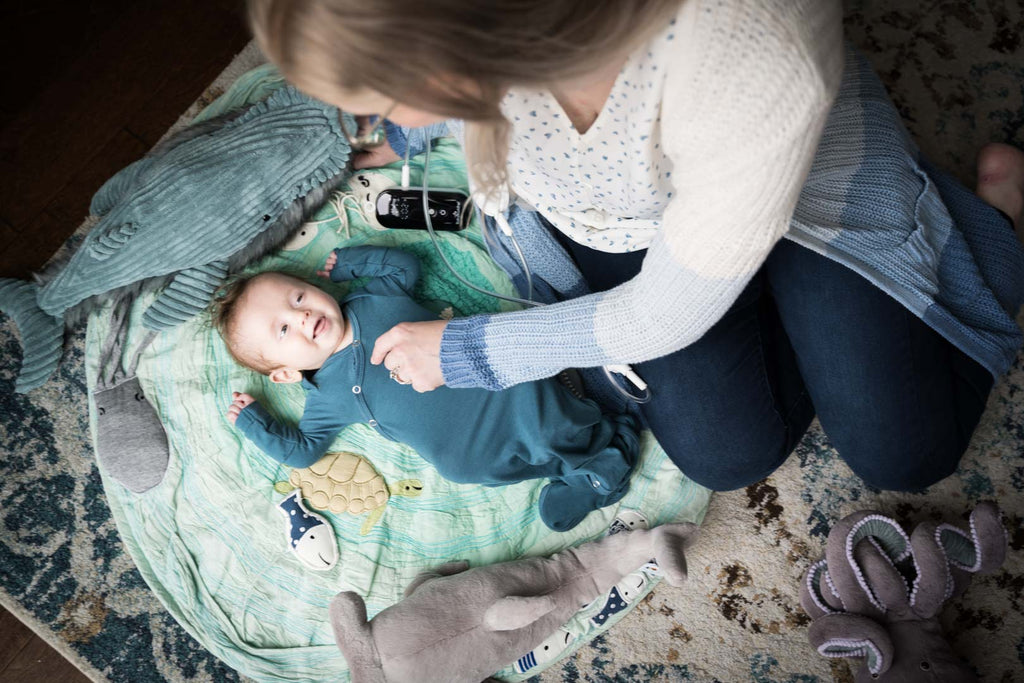
We know that this process may seem overwhelming at first, but you can do this! Pumping breast milk is no easy task. Whether you are exclusively pumping or pumping as needed in addition to nursing or feeding, please know that you are a rockstar and a great mom. The cleaning and sterilizing processes will be like second nature to you before you know it!
Check out BabyBuddha’s extensive resource library for a wide range of topics to support you on your breastfeeding or pumping journey. As always, please reach out to your healthcare provider, a lactation consultant (like the consultants at BabyBuddha), or your child’s pediatrician if you have any concerns surrounding breastfeeding, milk supply, or your child’s health and wellness.
Sources:
How to Clean, Sanitize and Store Infant Feeding Items | CDC
Buying and Caring for Baby Bottles and Nipples | MedlinePlus (National Library of Medicine)
